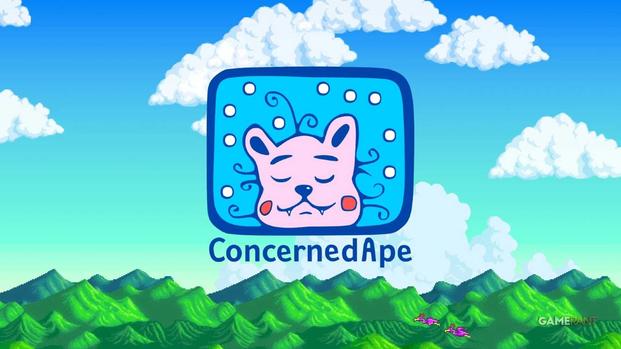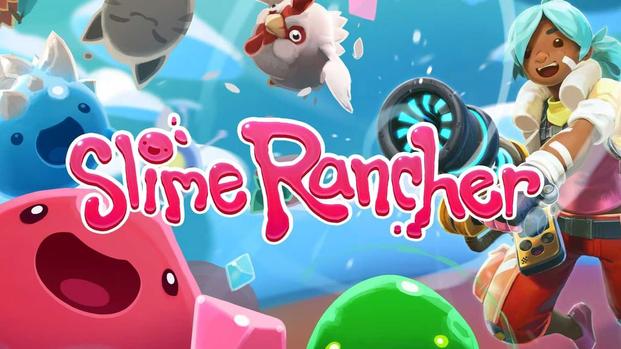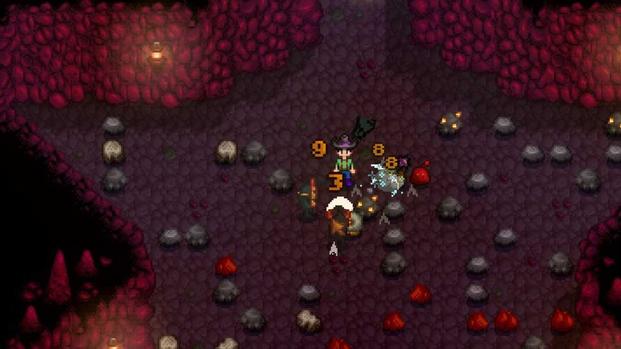With its first version releasing way back in 2016, Stardew Valley has since grown into something beyond almost any other indie game out there. Following the announcement of a 1.7 update coming sometime in the future, Stardew Valley fans are more excited than ever about this now-beloved farming sim. Though developer ConcernedApe has warned that it will be awhile before the update releases, players are still eager to see what it will encompass.
In the past nine years, this humble little game has amassed a thriving fanbase and a vibrant modding community, and its popularity shows no signs of flagging. In that time, the indie gaming scene itself has grown exponentially as well. Dozens of games have taken inspiration from Stardew Valley, yet it remains the gold standard of indie farming sims. Here are a few reasons why this game has had such a massive impact.
One Person Created Something Incredible
A Solo Project Full Of Heart

Eric Barone, also known as ConcernedApe, is hardly the first solo developer to create a beloved title. The idea that one person could create a great game had been proven by Toby Fox with Undertale, not long before Stardew Valley released. Barone's farming sim, though, proved it wasn't a fluke.
More than anything, Stardew Valley feels like a labor of love. There's care, detail, and personality built into every corner of the game. It proves that indie games, even those with simple premises, can still feature fully fleshed-out worlds and three-dimensional characters. And it was all done by a single developer, inspiring other solo devs and small teams to do the same.
Revitalized Interest In Farming Sims
The Genre Has Been Booming

Stardew Valley is far from the first game to tackle the concept of creating a thriving farm and building one's place in a community. Eric Barone himself has gone on record saying that the game was inspired by titles like Harvest Moon. But since the game debuted and has increased in popularity, the farming sim genre has seen something of a renaissance, especially in the indie space.
Over the past few years, there's been a boom of cozy life sim games that involve living in harmony with nature. Some stick to the formula, like Sunhaven or Little Witch in the Woods. Others lean into RPG mechanics, like Kynseed. Thousands of players have found a peaceful kind of escapism with Stardew Valley, and that has given rise to a whole new niche of games.
A Huge Variety Of Things To Do
From Farming to Mining to Friendships & More

Despite seeming simple on the surface, Stardew Valley has quite a lot of variety in its gameplay loop. If tending the farm gets tiresome, players can spend a few in-game days delving into the mines, digging up treasure and slaying monsters. If that gets dull, they can spend some time exploring the game's social mechanics, making friends and getting to know the characters better.
This variety is a huge contributor to the game's staying power. It never gets boring. Yet, it never gets overly complicated either, as every activity leads back to the gameplay loop of improving the farm and building new upgrades. Stardew Valley chooses a few things and executes them near-perfectly, giving it an endlessly satisfying replayability that few other indie games have managed to achieve.
Read the full article on GameRant
This article originally appeared on GameRant and is republished here with permission.










